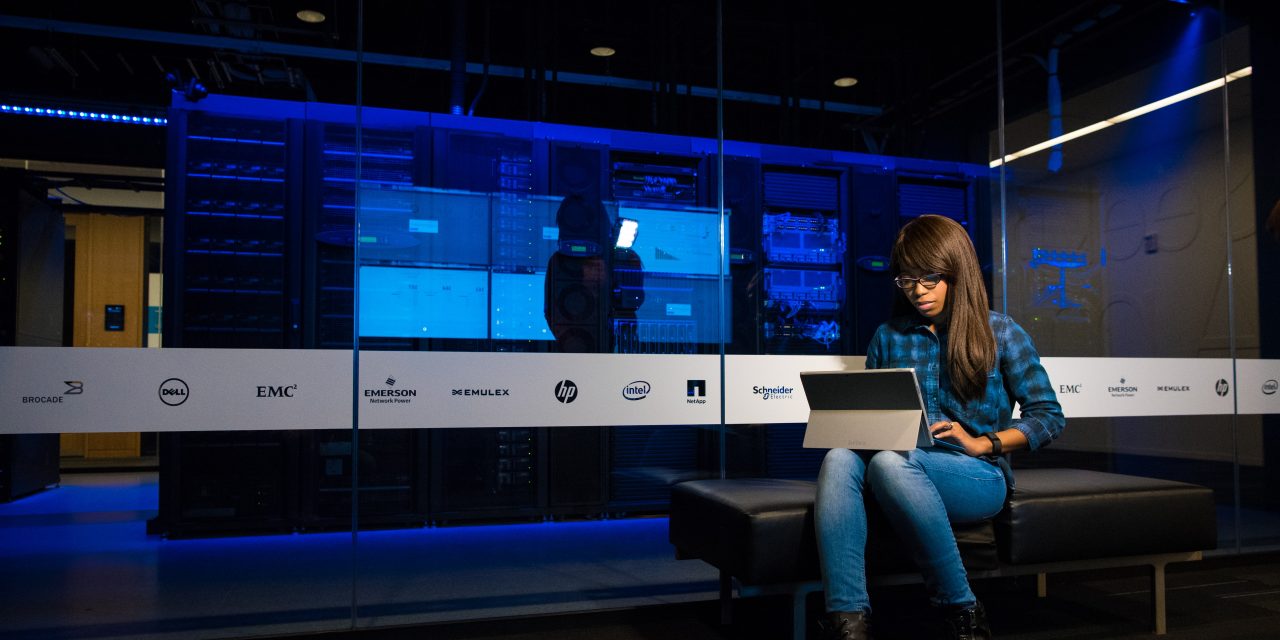Results from Howspace’s new global survey indicate that despite 94% of surveyed respondents feeling well-equipped to transition to a hybrid work model, leadership teams still do not have clarity for how to lead teams and work together with people as the results show very different preferences for sharing their thoughts and opinions within an organization.
“There is no one-size-fits-all approach to the new world of work. Many want the best of both worlds and the flexibility to choose when and where they work. Our new and original research highlights that teams still have a long way to go in order to overcome and develop leadership & internal communications challenges.
There are significant disparities in the methods bigger and smaller companies are returning to the office – our survey highlights that large companies (250+ employees) have the strictest policies for remote work, while small to medium-sized companies predominantly plan to offer complete freedom and flexibility around remote work,” said Howspace CEO Ilkka Mäkitalo.
For Mäkitalo, the answer does not rely on more tools to improve information sharing and gathering opinions at the workplace.
“Employees are easily using 15 different tools when working remotely or in a hybrid environment. Instead of throwing new tools at the problem, we need to consider how to ensure new ways of working that support learning and development, while still maintaining culture and improving equality throughout the whole organization. The hybrid era doesn’t mean that we only create ways for collaboration in the setting where we work synchronously, in different locations but at the same time. Leaders should also give people possibilities to work asynchronously and really collaborate all together,” he concludes.
A third of the respondents said that post-COVID working model decisions are being made within the leadership team – meaning that employees have not been asked about their preferences. A further 20% of respondents who work as employees do not feel that leadership is taking action based on their feedback for how, where, and when they’d like to work.
The company collated responses from several hundred global companies in 31 countries that span multiple industries, with respondents ranging from executives, consultants, and employees at large organizations to micro-companies.
“The term ‘hybrid’ encompasses several concepts and creates messy conversations. It’s not only about remote vs. in-person, but also about how they interact,” says John Losey, Facilitator and Owner of IntoWisdom Group in his survey reply. “Having been in the business of guiding organizations to their next best step toward growth and sustainability for a while, I see too many leaders and consultants settle for simplistic solutions. I would encourage us all to dive into the complicated situation we face, appreciate its complexity, and do the hard work of finding the essential aspects of simple, elegant solutions,” Losey concludes.
Nearly 50% of respondents see maintaining organizational culture and not feeling connected to colleagues as the biggest challenges of hybrid working. Over 25% feel overwhelmed with more meetings and messages.
“We are living the same size of change as the industrial revolution in the 19th century. We need to be ready to start working with the new, open, and collaborative methods, and trust in all our personnel – they are all doing their best,” Mäkitalo said.
Howspace helps organizations move away from collections of arbitrarily assembled tools that make it difficult for people to connect in today’s remote – and tomorrow’s hybrid workforce worlds.
Howspace recently featured in Quartz’s 2021 ranking of the best medium-sized companies for remote workers. The company has previously raised €15M in funding. Founded as a spin-off in 2008, the company today employs 80+ people in Europe and North America, offering support to customers and partners in more than 30 countries.
The Howspace Hybrid Work Survey sample was 303 team leaders, consultants, and employees across a range of industries and organization types and sizes in 31 countries between July 1, 2021 to August 6, 2021.





